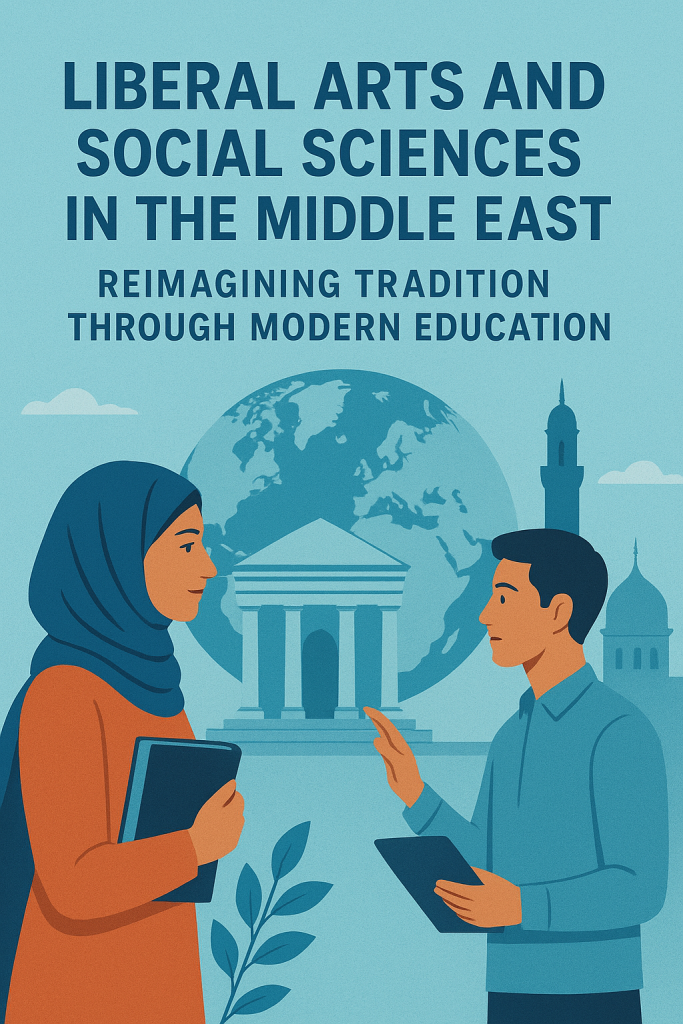
Introduction
In a region often celebrated for its scientific breakthroughs and engineering marvels, the Liberal Arts and Social Sciences are quietly shaping a different kind of transformation — one rooted in critical thinking, cultural understanding, and human-centered leadership.
From Cairo and Beirut to Dubai and Doha, universities across the Middle East are reviving the humanities with a modern vision, blending global academic methods with regional heritage. Once seen as a Western concept, the liberal arts model has found new life and unique purpose in the Middle East: developing graduates who can think across disciplines, analyze social systems, and contribute meaningfully to societies in transition.

